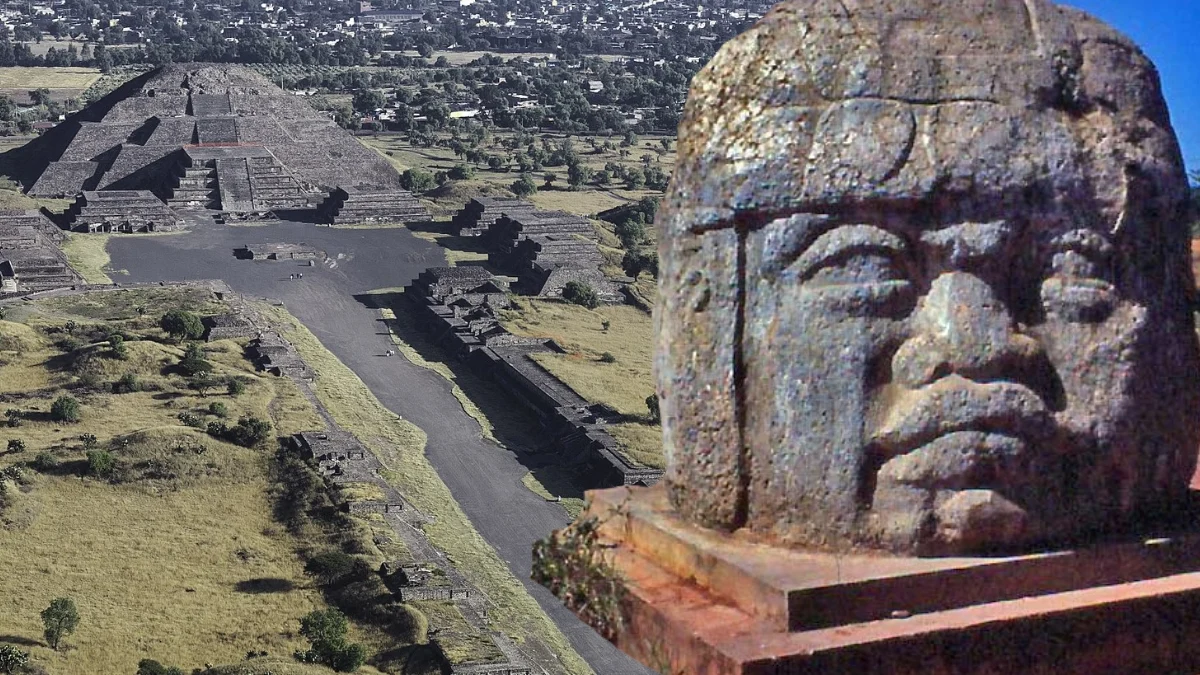
Archaeologists are still trying to understand many ancient sites throughout the Americas, from lost cities to mysterious earth structures connected to the stars. These places showcase incredible building skills, ceremonial spaces, and early attempts at city planning, but they often leave us with more questions than answers. Here are fifteen of the most fascinating unsolved mysteries – what these places were used for, how they were constructed, and why the people who built them eventually abandoned them – that continue to fuel research and discussion.
Teotihuacan’s Lost Rulers
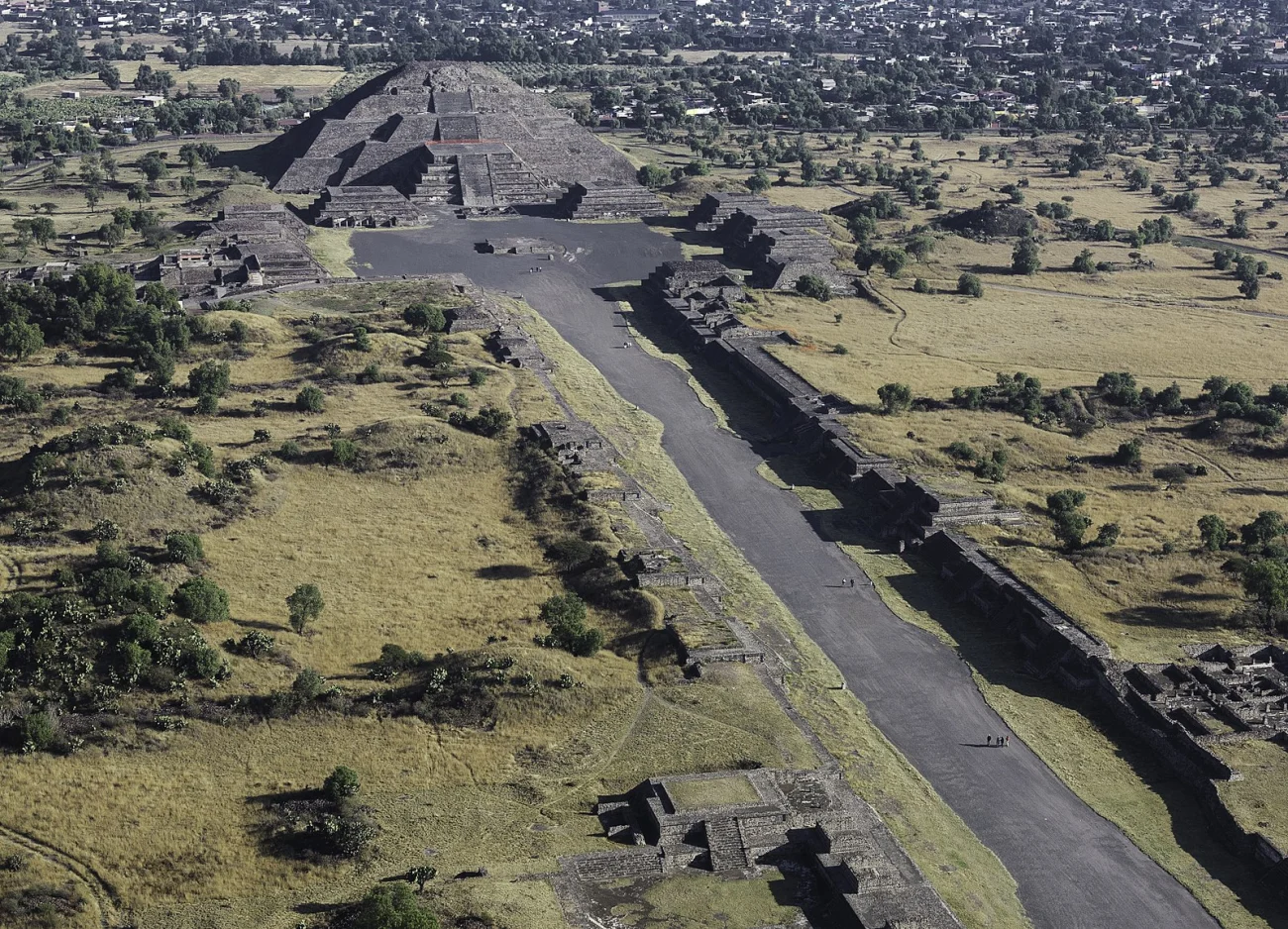
Teotihuacan, a massive city in central Mexico, flourished for centuries, but surprisingly, archaeologists haven’t found any evidence of kings or royal burials. While the city’s organized layout, impressive pyramids, and diverse communities suggest a strong government, how it was actually ruled remains a mystery. Around 600 CE, the city experienced fires and political unrest, particularly among its leaders. By the 7th century, Teotihuacan was in decline, and the reasons for its fall are still debated by historians.
Nazca Lines of Peru
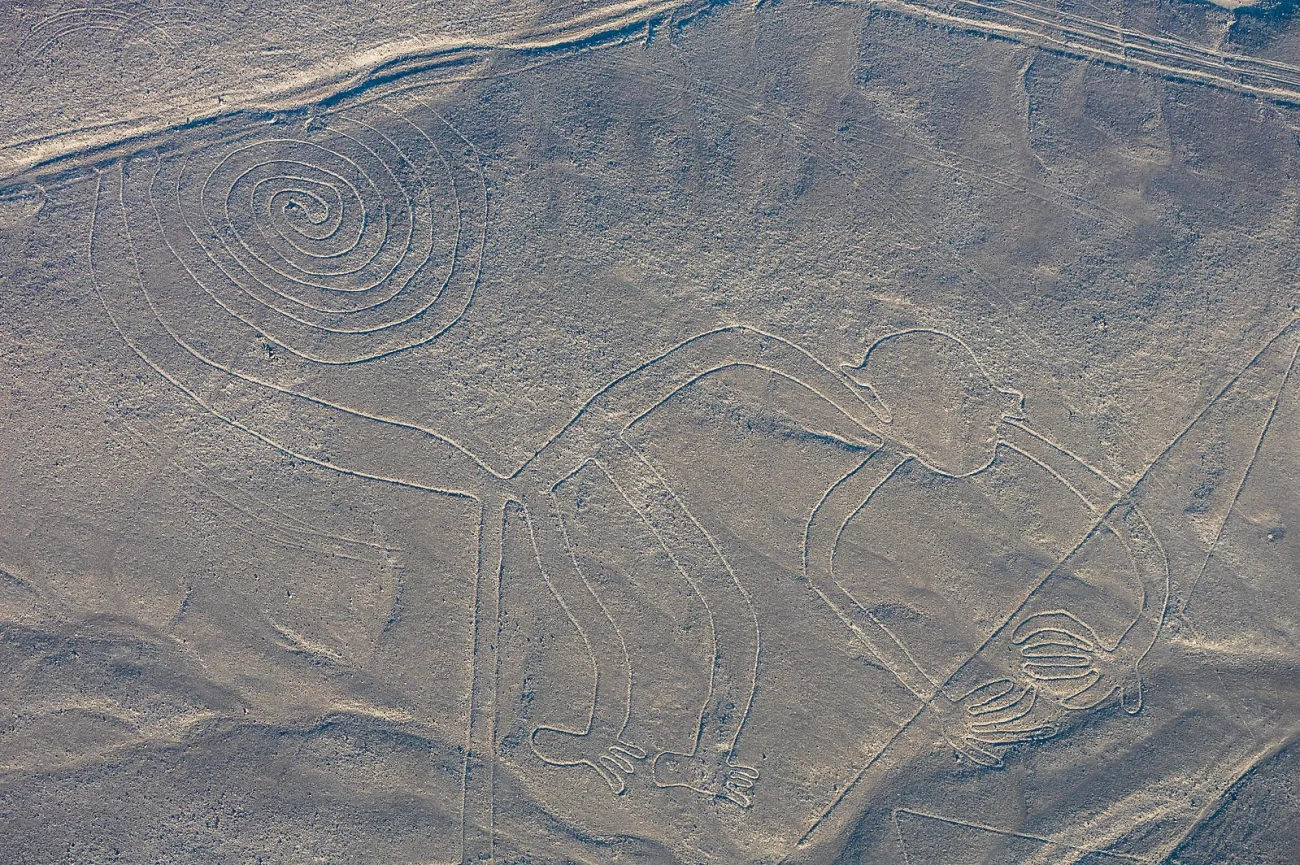
The Nazca Desert is famous for its massive geoglyphs – huge pictures of animals, plants, and shapes – created by scraping away dark surface stones to expose the lighter soil underneath. While some of these lines seem connected to religious processions and ceremonies involving water, others might have been used to mark important times of the year, like the solstices, or to indicate points on the horizon. Researchers still don’t fully understand what purpose these geoglyphs served in Nazca society, how people coordinated their creation across such a large area, or why specific designs were chosen.
Cahokia’s Sudden Decline
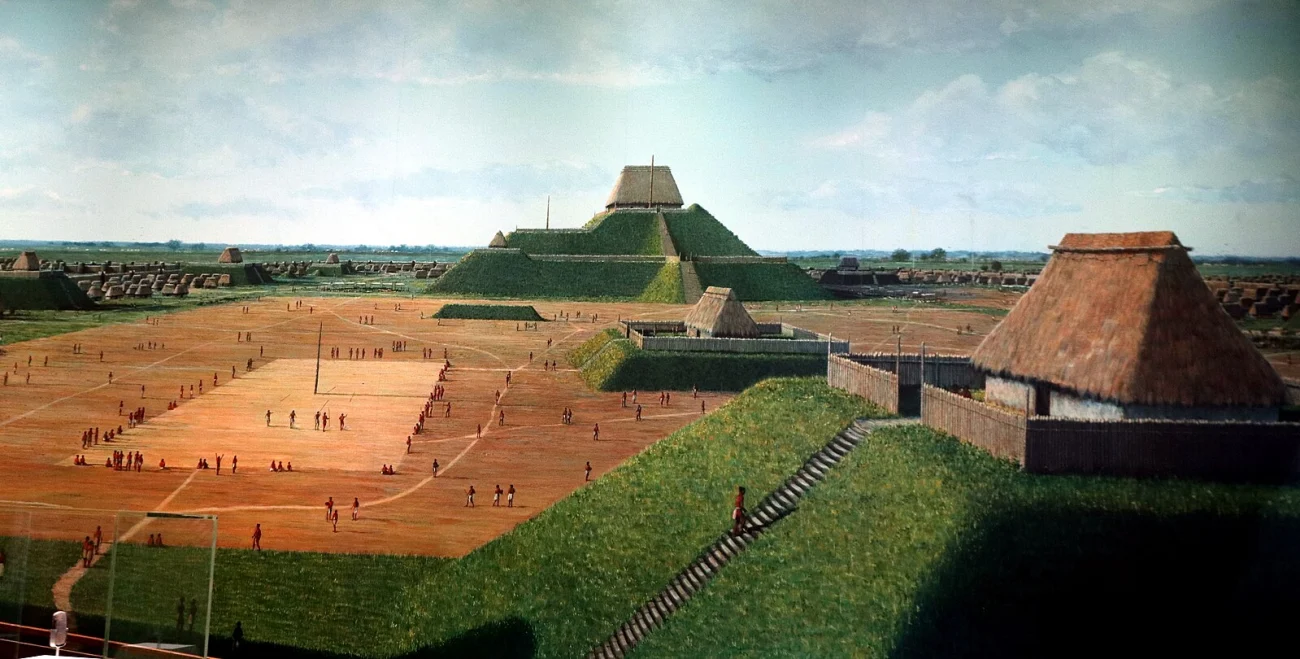
Cahokia, located near modern-day St. Louis, was the largest city north of Mexico before European contact. Its central feature, Monks Mound, stood over 100 feet tall. Archaeological findings reveal that Cahokia was carefully planned, used structures like woodhenges to track time, and participated in widespread trade. However, the city declined quickly after the 1200s, and while factors like environmental problems, political instability, and flooding are all possible explanations, no single cause has been definitively identified.
Chaco Canyon’s Roads and Great Houses
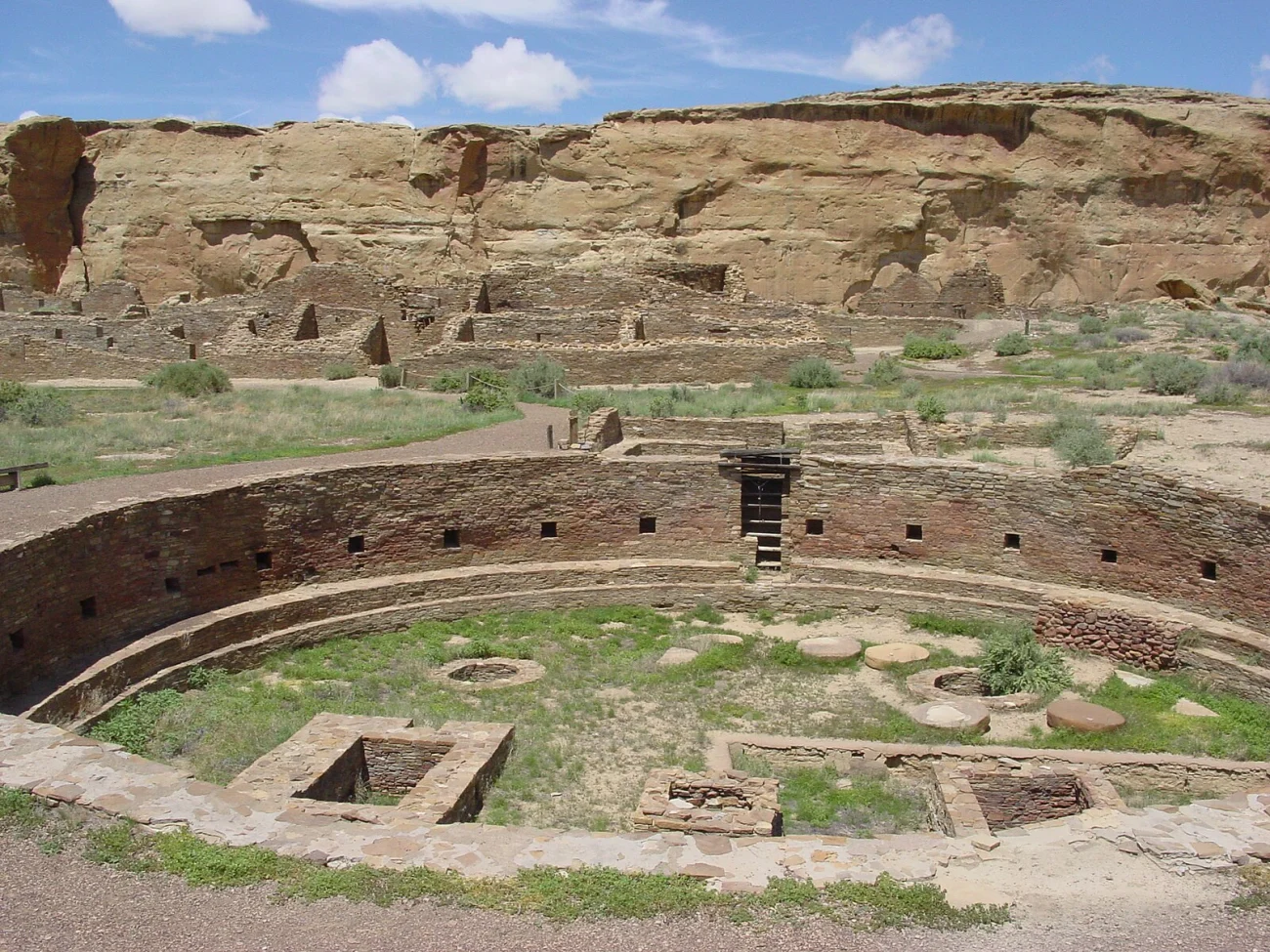
As a film critic, I’ve seen a lot of sets, but nothing quite prepares you for the scale of Chaco Canyon in New Mexico. These ancient structures, built with a unique stone technique, aren’t just buildings – they’re monumental. What *really* got me thinking, though, were the roads. Hundreds of kilometers of them, stretching out from the canyon, sometimes cutting straight through the landscape for reasons we still don’t fully understand. Were they paths for religious journeys, ways to unite different communities, or part of elaborate ceremonies? It’s a mystery that adds another layer of intrigue to this incredible place – a real visual puzzle that stays with you long after you’ve ‘left’ the set.
Great Serpent Mound, Ohio
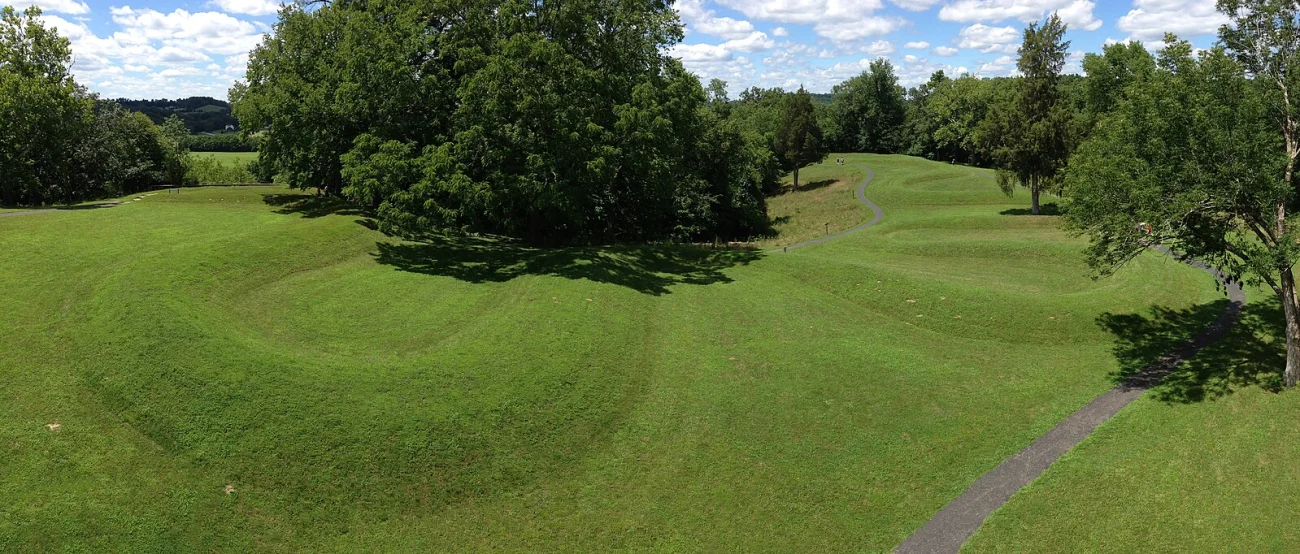
This large earthen mound stretches over 400 meters, shaped like a serpent with a coiled tail and a rounded area near its head. While most of the construction likely happened during the Late Precontact period, older burials from the Adena culture found nearby make it difficult to know exactly who built it. Some researchers believe it may align with the solstices or lunar events, but its original purpose and the people responsible for creating it are still a mystery.
Olmec Colossal Heads
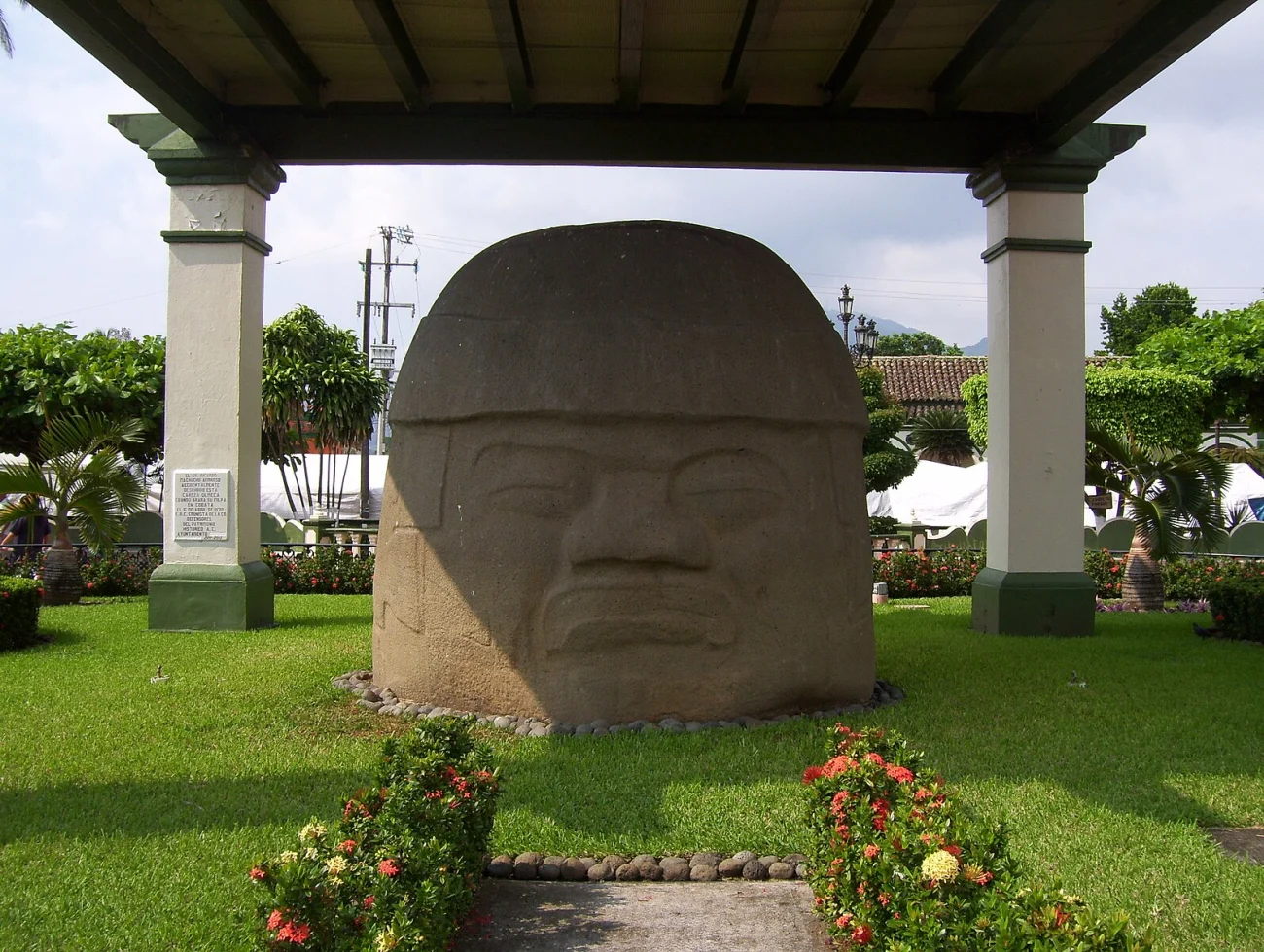
Along the Gulf Coast of Mexico, the Olmec people created enormous stone heads, some reaching up to 3 meters in height. These heads were carved from basalt sourced from faraway places. Each head has unique features and wears a different headdress, suggesting they represent specific individuals – perhaps rulers or important players in their ballgame. However, we don’t know who these figures were, as there are no writings identifying them. Even today, it’s still a mystery how the Olmec managed to quarry, transport, and raise these massive monuments, and what their original purpose and political meaning were.
Tiwanaku’s Stonework at Puma Punku
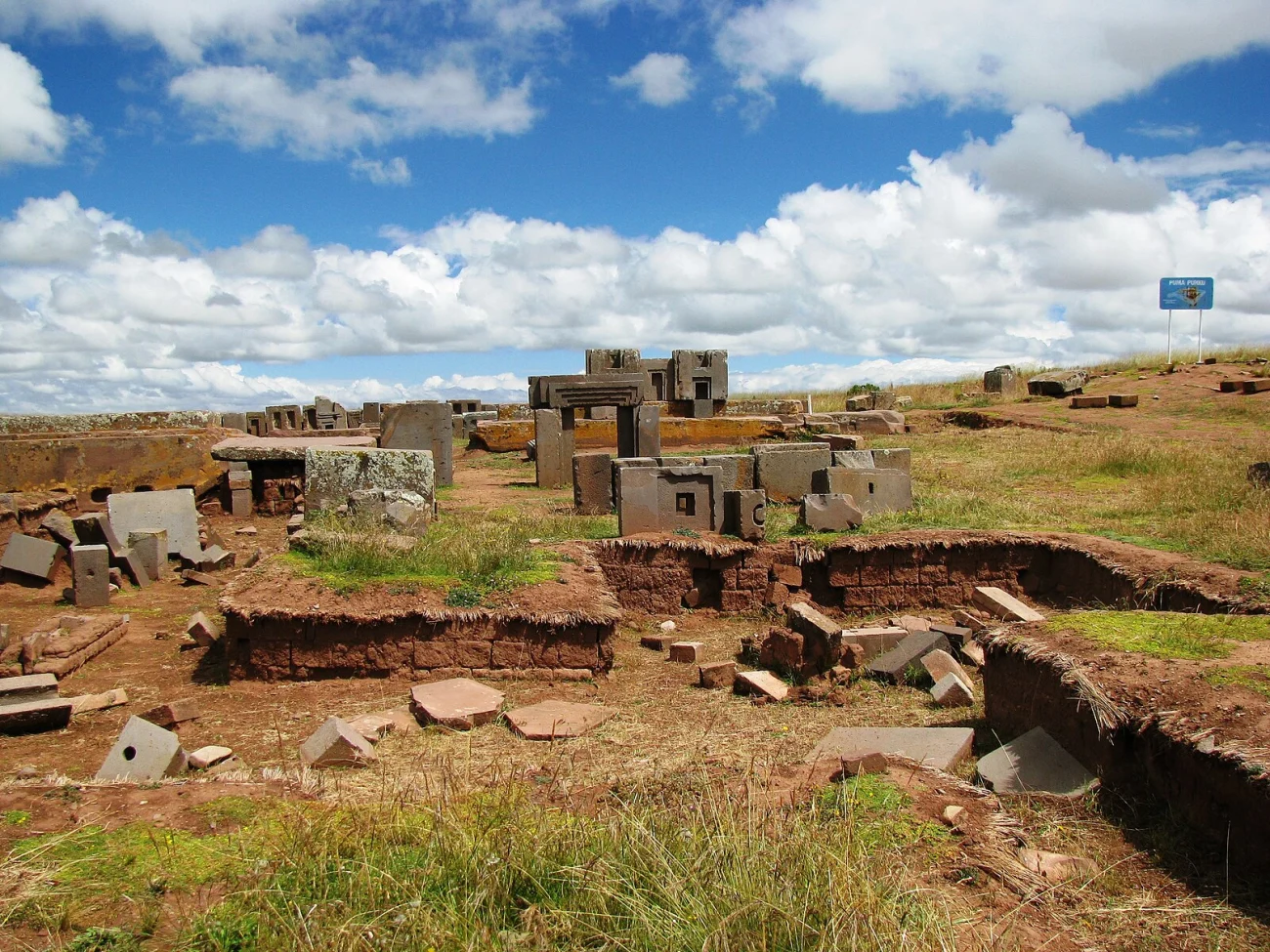
I’m absolutely fascinated by Tiwanaku and Puma Punku in Bolivia! These ancient sites are built with incredibly precise stonework – they used andesite and sandstone blocks that fit together perfectly. It’s amazing how they seem to have planned everything out with standardized pieces and right angles. Honestly, it makes you wonder how they did it! Archaeologists are still trying to figure out exactly what tools they used, how they built everything, and what the buildings were even *for*. It’s also a bit of a mystery why this civilization seemed to decline so quickly around the 11th and 12th centuries. It’s just a really intriguing place!
Machu Picchu’s Primary Purpose

Machu Picchu, built high above the Urubamba River, combines terraces, ceremonial fountains, and well-made homes. While some researchers believe it was a royal estate for Inca leaders, connected to the seasons and stars, others think its location was chosen for religious reasons, linking it to important mountains. Because Spanish historical records are limited, archaeologists are still working to understand exactly how the site was used and who lived there.
Caral-Supe’s Monumental Beginnings
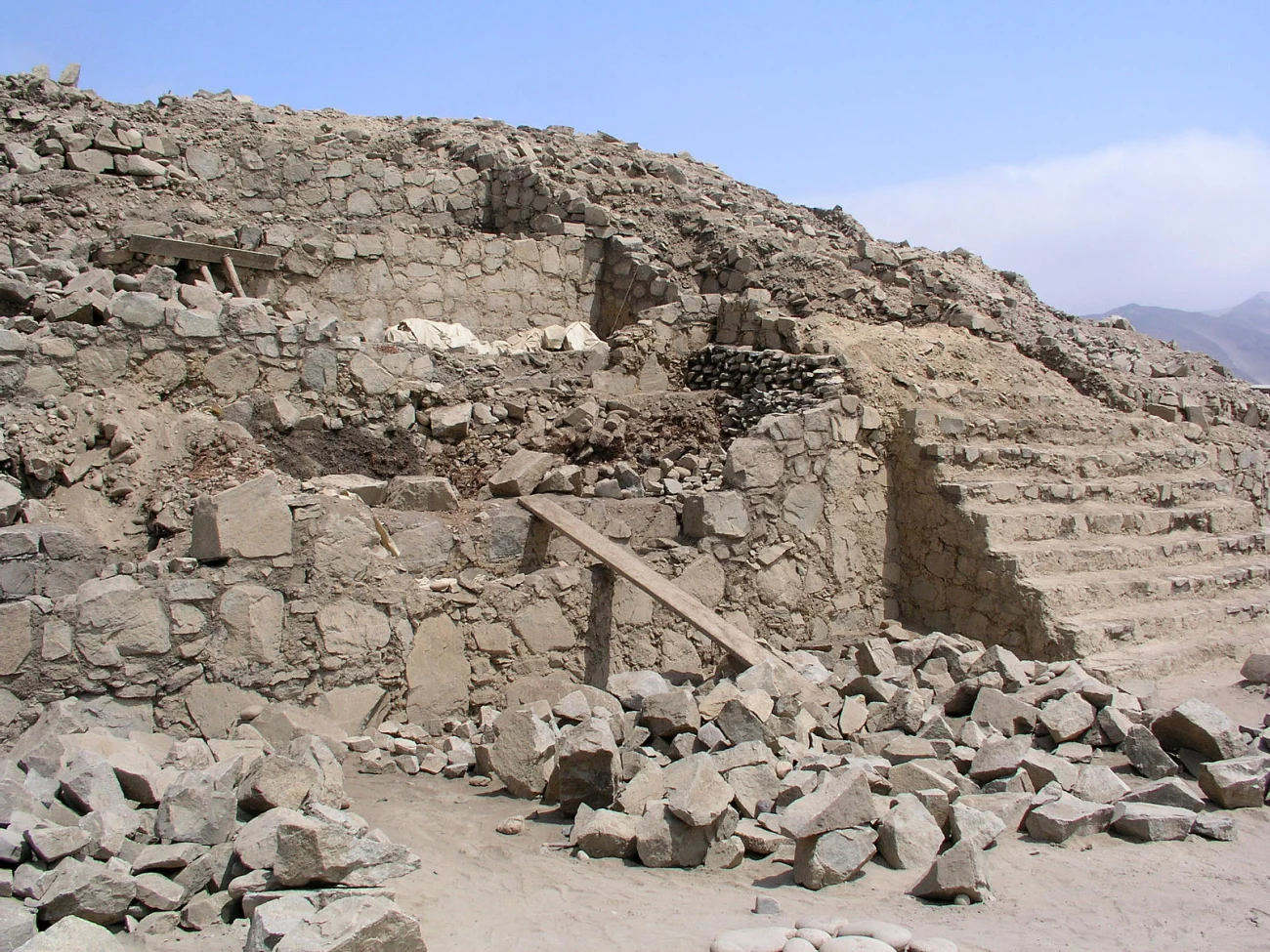
Around 5,000 years ago, in the Supe Valley of Peru, the civilization at Caral and nearby sites built impressive structures like raised platforms, circular plazas, and long stairways – all before the use of pottery or metalworking. Archaeologists have discovered knotted cords similar to quipu, musical instruments, and signs of large community events. Interestingly, they found no evidence of fortifications or defensive walls. Researchers continue to debate why this early coastal society focused so much on ceremonial buildings without these common technologies.
Stone Spheres of Costa Rica

The Diquís Delta and surrounding areas are home to hundreds of remarkably well-preserved stone spheres, varying in size from small enough to hold in your hand to massive monuments weighing several tons. Many of these spheres were moved in the 1900s, making it difficult to understand how they were originally arranged and if they held any specific patterns. We still don’t know exactly how they were made, how people decided where to place them, or what they meant – whether they represented status, beliefs about the universe, or boundaries between territories.
Amazonian Geoglyphs
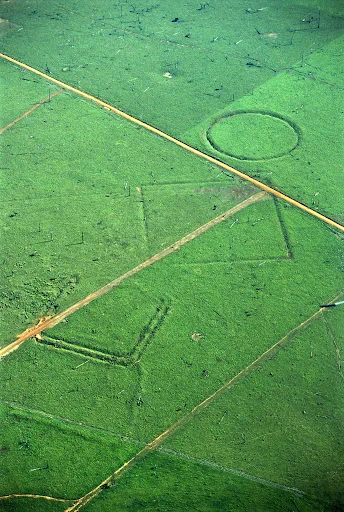
Recent deforestation in western Amazonia has uncovered thousands of ancient earthworks – including ditches, roads, and patterned shapes. These structures have been dated to before European contact, proving that the rainforest wasn’t always a pristine wilderness. Scientists are now actively researching the people who built these earthworks, how they farmed, and how they used the landscape for both daily life and ceremonies.
Poverty Point’s Massive Earthworks
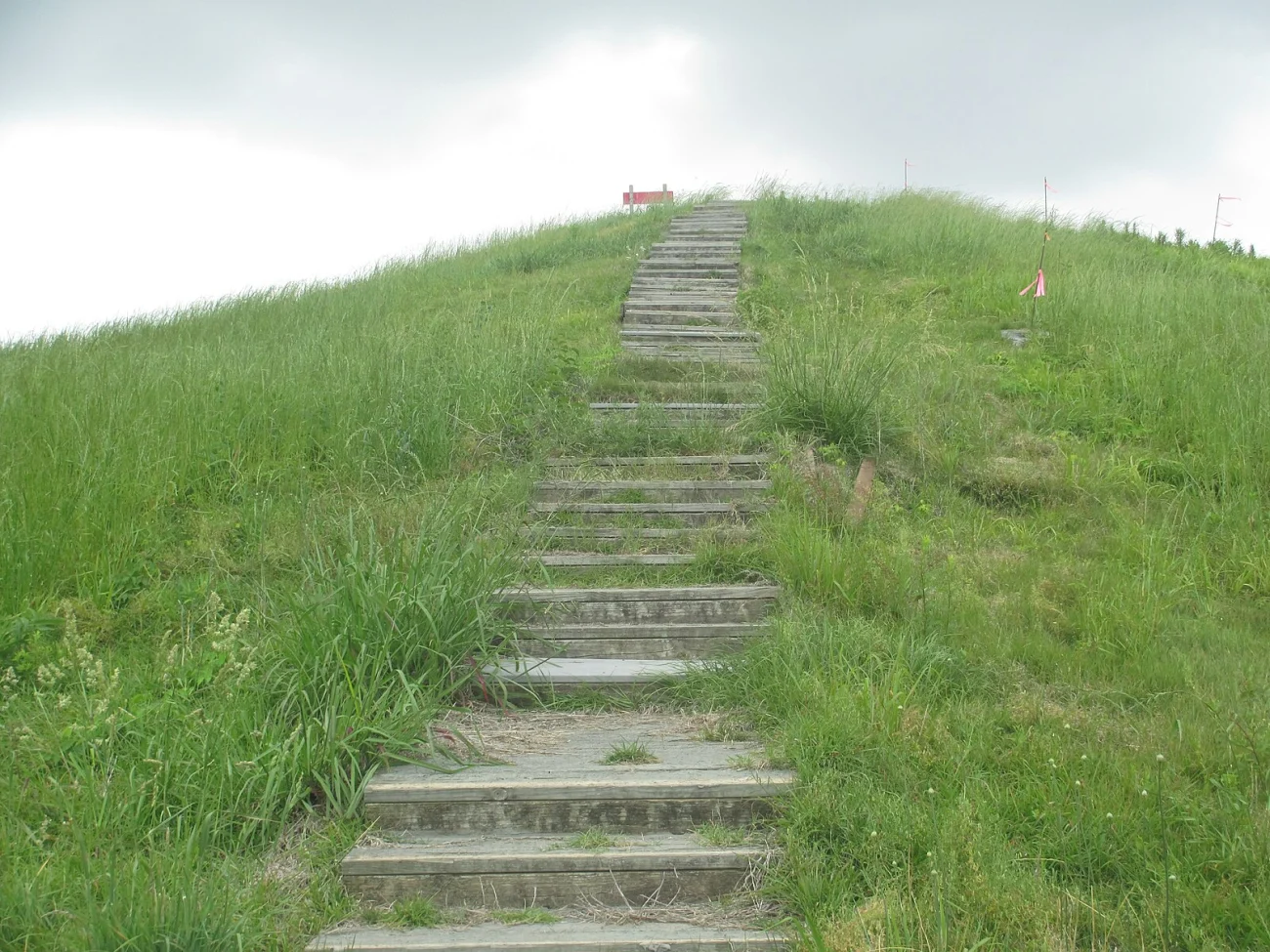
During the Late Archaic period in northeastern Louisiana, people built distinctive earthworks – circular, C-shaped ridges and a large mound shaped like a bird. Soil analysis shows these were built quickly, suggesting a well-organized workforce, but without the usual signs of a developed, hierarchical society. Researchers are still investigating whether this site was mainly a center for trade, a place for religious ceremonies, or served both purposes.
Newark Earthworks, Ohio
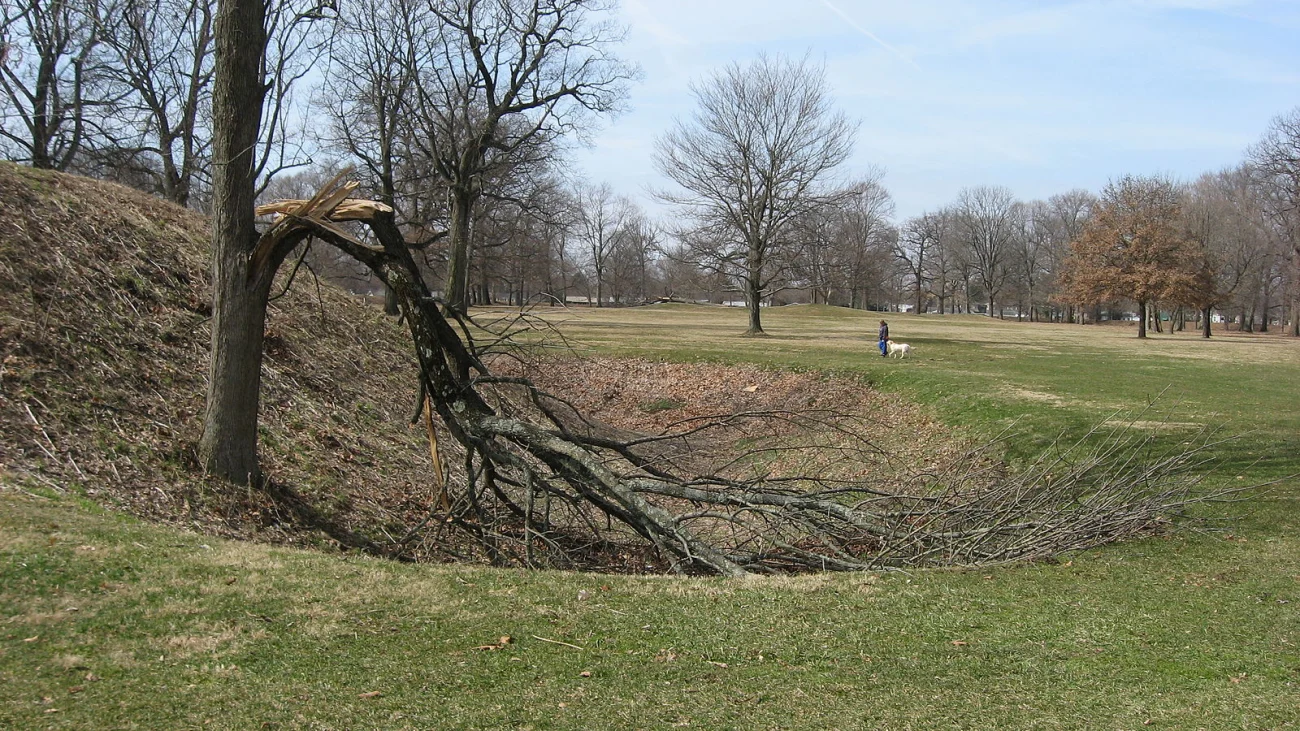
The Newark Earthworks is a massive complex featuring a huge Octagon Earthwork and circular spaces linked by wide pathways. Studies show it was built with precise geometric designs and aligned with the moon’s cycles, demonstrating a deep understanding of astronomy. While we know the site was used for ceremonies, the exact details of these events and how the alignments influenced daily life remain a mystery.
Monte Albán’s Orientation and “Danzantes”
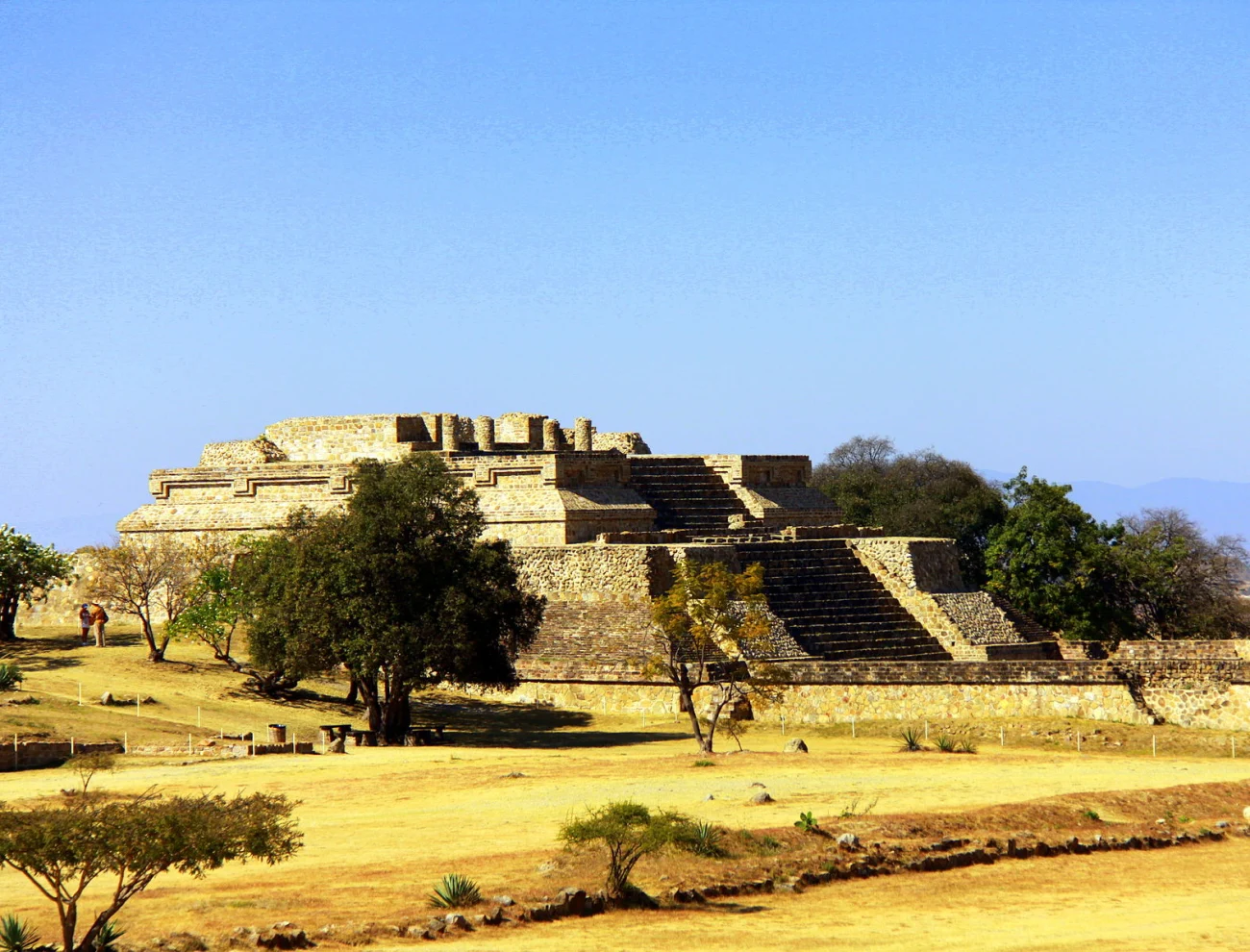
Perched high in the Oaxaca Valley, the main plaza and buildings of Monte Albán seem to be deliberately aligned with the stars and landscape. Early stone carvings, known as “Danzantes,” feature strangely twisted human figures, and scholars still debate who they represent and what they were used for – perhaps prisoners, or figures involved in religious ceremonies. Researchers continue to explore why Monte Albán grew powerful and then declined, and how its understanding of the calendar and astronomy influenced its governance.
L’Anse aux Meadows and Norse Reach
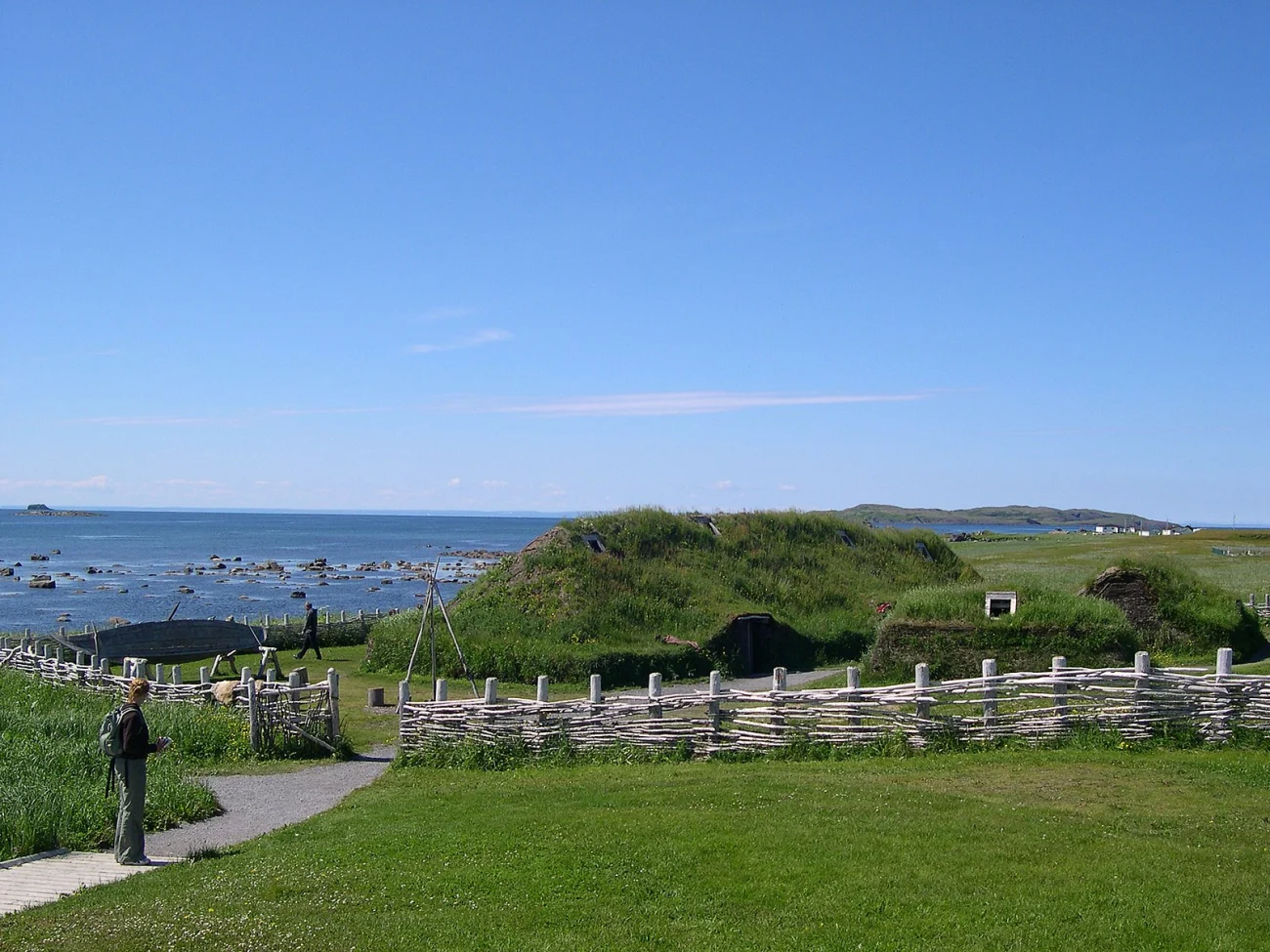
Located on the northernmost tip of Newfoundland, L’Anse aux Meadows is a preserved settlement showcasing buildings and workshops built in the Norse style, along with evidence that ships were repaired there. Archaeological findings prove that Vikings reached North America, but we still don’t know exactly how often they came, how long they stayed, or when they visited. Researchers are still working to understand how far they explored beyond this site and what kind of interactions they had with the Indigenous people who already lived here, using the few artifacts and environmental information available.
Share your favorite theory—or a site we missed—in the comments!
Read More
- Bitcoin’s Ballet: Will the Bull Pirouette or Stumble? 💃🐂
- Can the Stock Market Defy Logic and Achieve a Third Consecutive 20% Gain?
- Dogecoin’s Big Yawn: Musk’s X Money Launch Leaves Market Unimpressed 🐕💸
- Deepfake Drama Alert: Crypto’s New Nemesis Is Your AI Twin! 🧠💸
- LINK’s Tumble: A Tale of Woe, Wraiths, and Wrapped Assets 🌉💸
- SentinelOne’s Sisyphean Siege: A Study in Cybersecurity Hubris
- XRP’s Soul in Turmoil: A Frolic Through Doom & Gloom 😏📉
- Binance’s $5M Bounty: Snitch or Be Scammed! 😈💰
- Ethereum’s $140M Buy: Will It Save Us? 😱
- ADA: 20% Drop or 50% Rally? 🚀💸 #CryptoCrisisComedy
2025-10-16 04:46